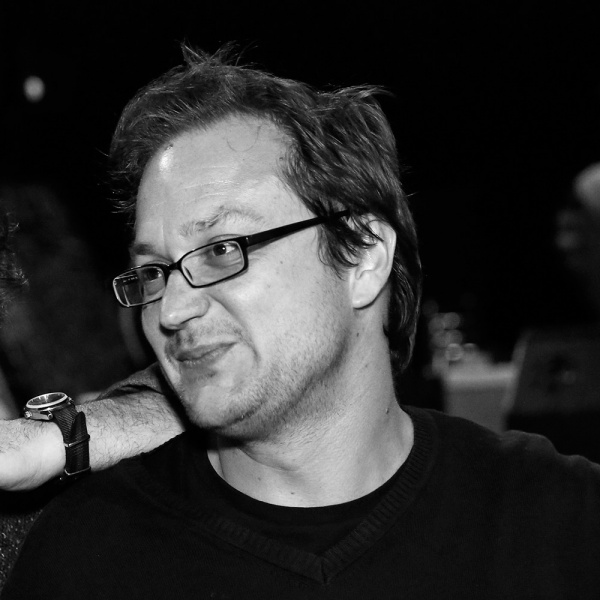“Isn’t the great revelation of painting the revelation of those places,
that one wouldn’t seek if one hadn’t already found them? One must be where one ought to be”
Kijno – 1985
 Numa Hambursin June 2017
Numa Hambursin June 2017
Sitting cross-legged on my bed, about to start these few lines, my back slightly creased, the computer balanced on a cushion, I dive into Kijno’s painting that has accompanied my nights for nine years, t “he age of my son Galien to whom it is addressed. It’s a Buddha in profile on a black background, the face crossed by lines and dotted with primary color spots, red, blue, yellow, white spray-painted stars, like a harmonious constellation that” blossoms into a unique being. I have never set foot in China, and yet… No matter the angle from which one wishes to approach it, Kijno’s work breathes an invitation to travel. If I “feel a form of shame in using an expression so overused and clichéd, I cannot find a more adequate one. From the wounded ghosts of Easter Island to the garden of Ryoan-ji in Kyoto, from American struggles to Andrei Rublev’s icons in Moscow, from his native Poland to the chimeras of Tahiti, from eternal China to the New Hebrides, from ancient Tuscany to the ancient Nile Valley, Ladislas Kijno wanted to embrace the world.”
The tensions and faults of space had as little relief for this man as those of time. Giotto and the anonymous sculptor of an archipelago lost in the middle of the Pacific were his contemporaries and neighbors, just like Germaine Richier and Combas. He didn’t need to draw inspiration from their vocabulary since ultimately he spoke the same language. Administrative boundaries had as little substance in his eyes as the school chronologies in which artistic movements succeed one another, in contempt of the flesh and soul of the works. One could compare his state of mind to that of Malraux, if the adventurer’s actions had shown the virtues of his writings. He lived in a century that saw many walls erected and many walls swept away, so much so that Rostropovich was a part of him, like Mandela and Angela Davis occupying a central place in the Kijnosphere. When Kijno goes to meet the Australian Aborigines, he is neither a tourist nor an ethnographer, he doesn’t chase after folklore or adventure, he doesn’t seek the souvenir photo or the change of scenery, he simply encounters his fellow human beings.
The strangest thing in all this is that Kijno’s body initially betrayed his aspirations. As a young man with tuberculosis, he had to multiply his stays in sanatoriums and become a stationary traveler, thanks to literature and philosophy. He’s not the only one, it’s in a similar setting that Gala and Eluard met. Kijno managed to tame the disease, he married Malou, a muse who brought him closer to the skies, and set out to discover the world he had imagined. One can be sadly homebound and have itchy feet. Going to the Seychelles, Cuba, Santo Domingo or Bali, to park oneself in hotels where you’ll only meet your compatriots. A bit of beach, a bit of pool, some music, a pinch of cultural visit to justify the twelve-hour flight, a few welcome and farewell cocktails, wrap it up and weigh it. One can run to contemporary art fairs in the four corners of the globe, Basel, Miami, Chicago, London, Dubai, Hong Kong, and still only meet the same collectors, the same gallerists, the same artists, the same curators. One can stay in Venice without being pierced by the breath of the lagoon and Bellini, one can go to the Marquesas without crossing paths with Melville and Gauguin, one can cross Lough Cullin without thinking of the monsters that haunt its dark waters. One can eternally fly over the vast world. Not everyone can be Hemingway, a gun in the left hand, a Daiquiri in the right. But one can also take inspiration from Kijno, think of travel as a metaphysical wandering, accept being the vagabond who lets himself be drawn in, and draw from elsewhere what devours you inside.